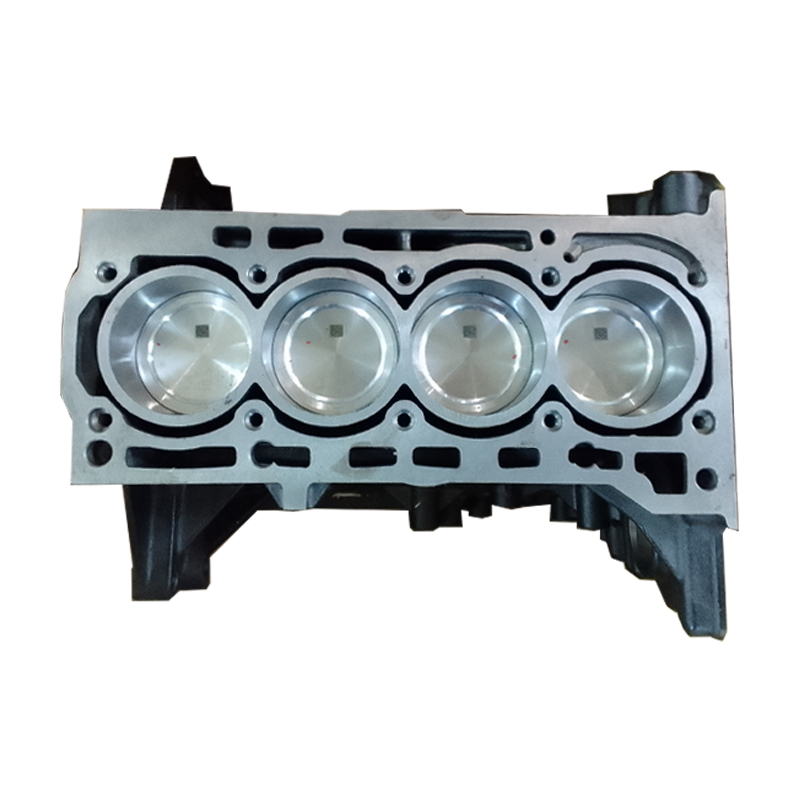Exactly How a Clp Engine Can Boost Performance in Different Industries
The development of CLP engines notes a considerable shift in functional efficiency across various sectors, driven by their capability to enhance gas intake and lessen downtime. Industries such as manufacturing and logistics stand to acquire substantially from their robust design and regular power output, which promise to improve operations and improve productivity. As organizations significantly focus on sustainability alongside performance, the duty of CLP engines becomes much more critical. What continues to be to be seen is how these improvements will form the future landscape of commercial procedures and their effect on more comprehensive financial fads (clp engine).
Review of CLP Engines
CLP engines, or Continual Liquid Propellant engines, stand for a considerable improvement in propulsion modern technology, particularly for room applications. These engines make use of a continual feed system that permits the sustained expulsion of propellant, leading to enhanced performance and efficiency compared to typical strong or hybrid propulsion systems. By preserving a consistent circulation of fluid propellant, CLP engines can achieve a lot more accurate drive control, which is crucial for navigating spacecraft in various goal scenarios.
The layout of CLP engines incorporates innovative materials and innovative gas monitoring systems. clp engine. This results in reduced weight and enhanced reliability, necessary factors for long-duration area missions. In addition, the continual operation decreases the risk of combustion instability, a common difficulty in standard rocket engines.

Benefits in Production
The manufacturing of Continual Fluid Propellant (CLP) engines provides numerous noteworthy benefits that improve both effectiveness and cost-effectiveness. Among the key benefits is the streamlined manufacturing process, which reduces the complexity related to typical propulsion systems. By utilizing liquid propellant, suppliers can achieve greater precision in engine performance, leading to maximized energy result and lowered waste.
Furthermore, CLP engines assist in a greater degree of modularity, permitting for much easier combination into various production lines. This flexibility can significantly lower lead times and improve overall functional flexibility. Using CLP innovation also often tends to reduce the need for considerable maintenance because of fewer moving components, which converts into decreased downtime and functional costs.

Applications in Logistics
Leveraging Constant Fluid Propellant (CLP) engines in logistics offers considerable benefits in functional efficiency and integrity. These engines provide a durable service for different transport needs, making it possible for the seamless motion of products across substantial distances. The intrinsic design of CLP engines permits constant power result, which translates into smoother and much more foreseeable transportation timetables.
One of the crucial applications of CLP engines in logistics is in heavy-duty products transportation, where they can drive both ground and aerial automobiles. Their capability to maintain high performance under differing lots conditions makes certain that delivery timelines are satisfied, thereby boosting client fulfillment. In addition, CLP engines can be integrated right into automated logistics systems, helping with real-time monitoring and optimizing path preparation.
In addition, the longevity of CLP engines minimizes upkeep downtime, permitting logistics firms to optimize their operational capabilities. This is especially valuable in warehousing procedures, where effectiveness in handling and transporting products is vital. As logistics continues to advance, the integration of CLP engines stands for a forward-thinking strategy that not just enhances performance however additionally sustains the industry's growing needs for integrity and speed.
Effect On Power Performance
Exactly How do Continuous Fluid Propellant (CLP) engines enhance power performance in transportation? CLP engines utilize a consistent circulation of liquid gas, maximizing burning processes and maintaining a secure drive output. This layout minimizes energy losses associated with standard burning engines, where gas delivery can differ and lead to inefficiencies.
The constant operation of CLP engines permits for a much more effective thermal cycle, resulting in higher details impulse compared to standard engines. clp engine. This translates to decreased fuel intake try this site for the very same amount of work done, substantially reducing operational prices throughout various transport fields, consisting of air travel and maritime markets
Additionally, the ability of CLP engines to preserve ideal performance under varying tons problems decreases the requirement for regular velocity and deceleration, further boosting gas efficiency. Enhanced energy effectiveness not only adds to set you back financial savings yet additionally leads to reduce greenhouse gas exhausts, lining up with worldwide sustainability goals.
Future Trends and Innovations
Emerging developments in Constant Fluid Propellant (CLP) engine innovation pledge to reinvent the landscape of transportation effectiveness and sustainability. As sectors pivot towards greener options, CLP engines stand at the leading edge, integrating ingenious products and layout methods that enhance efficiency my link while minimizing ecological effect.
Among the most encouraging patterns is the adoption of crossbreed systems that integrate CLP engines with renewable resource sources. This synergy can optimize fuel intake and reduce emissions, straightening with international sustainability objectives. In addition, improvements in computational fluid dynamics (CFD) are helping with the design of even more aerodynamically effective engines, resulting in minimized drag and boosted gas efficiency.
Moreover, the development of smart surveillance systems is set to improve operational performances. These systems utilize information analytics and IoT technology to maximize engine performance in real-time, making sure that the engines run within their most efficient specifications.
As study remains to check out different propellant solutions-- such as biofuels and artificial gas-- the future of CLP engines looks appealing. By taking advantage of these advancements, sectors can not just improve their efficiency yet likewise add dramatically to a cleaner, more sustainable future in transport.
Verdict
In verdict, CLP engines stand for a considerable advancement in efficiency throughout multiple markets. Their capacity to optimize gas consumption and minimize functional expenses, combined with a continual feed system, improves power outcome and functional reliability. The assimilation of innovative products and fewer relocating components minimizes upkeep requirements, while alignment with sustainability goals settings CLP engines as web a crucial technology for the future. Proceeded development in this area promises more improvements in effectiveness and ecological efficiency.